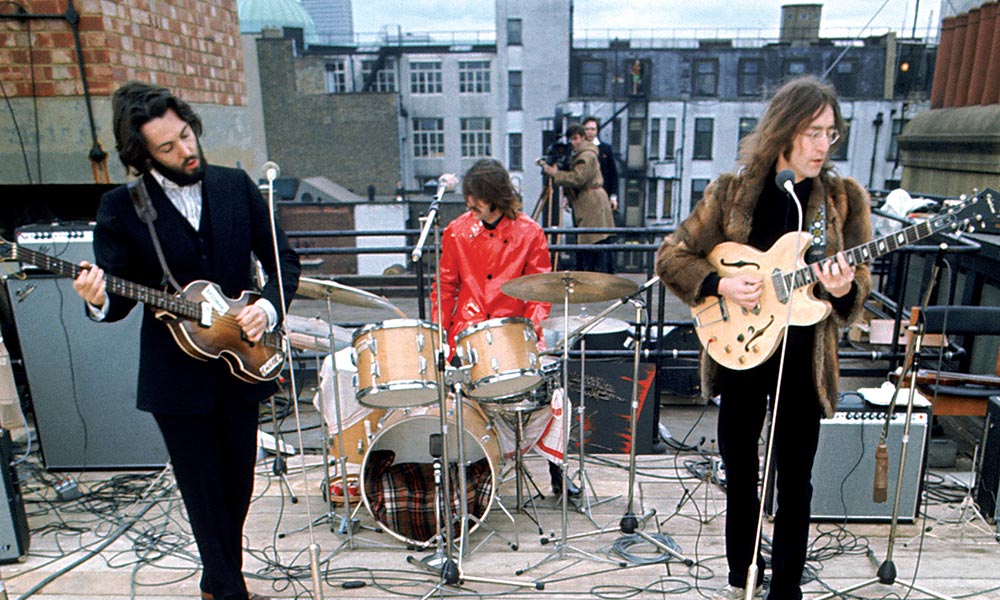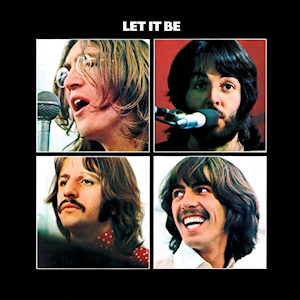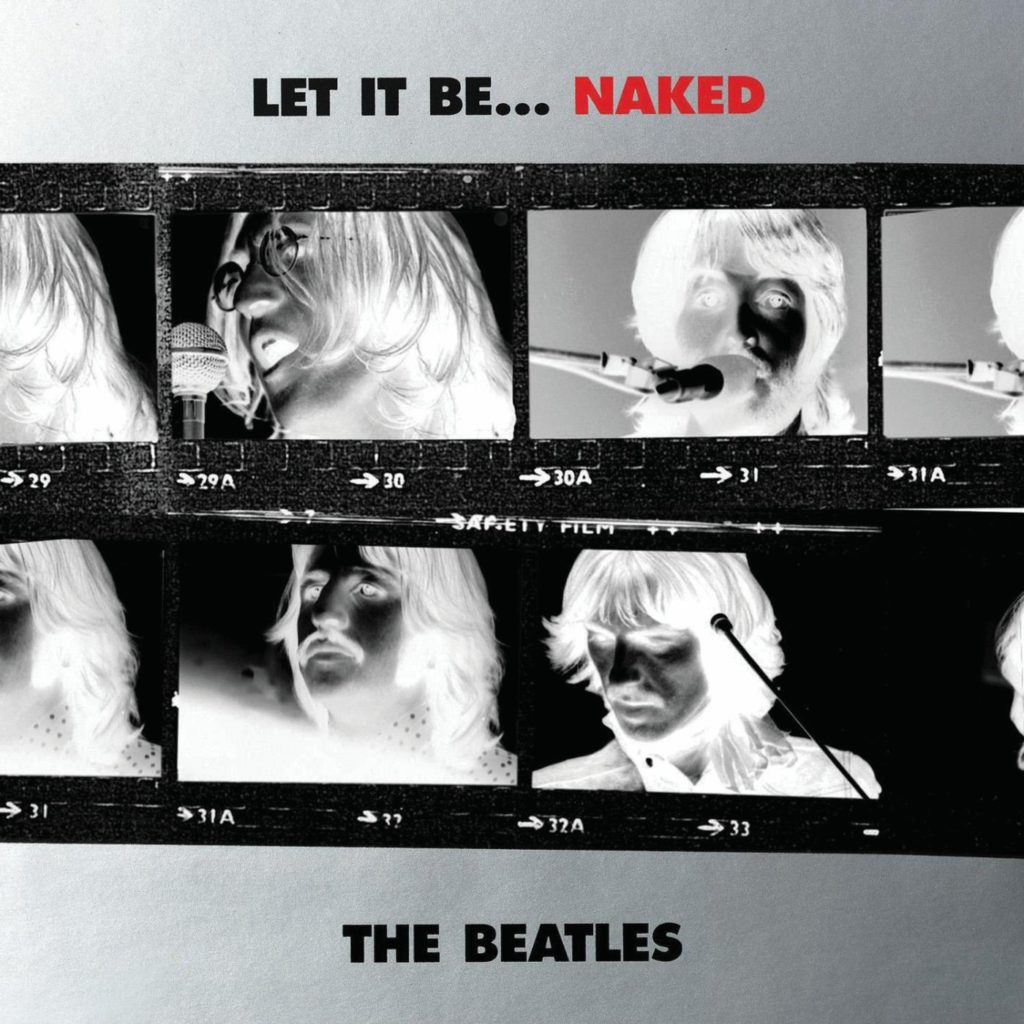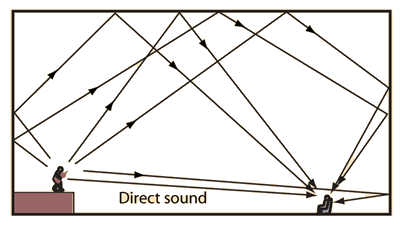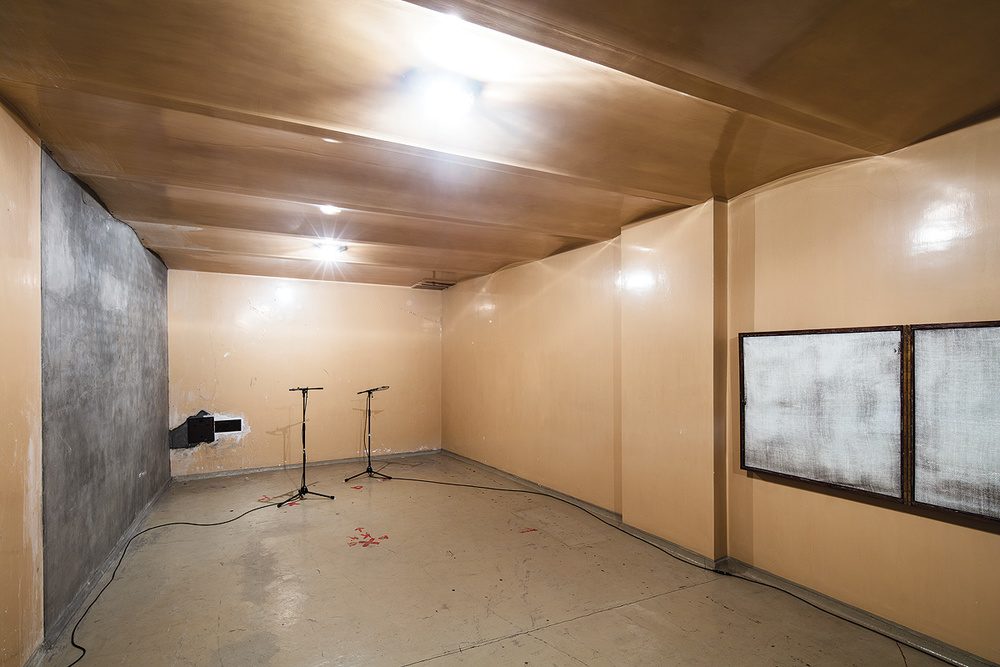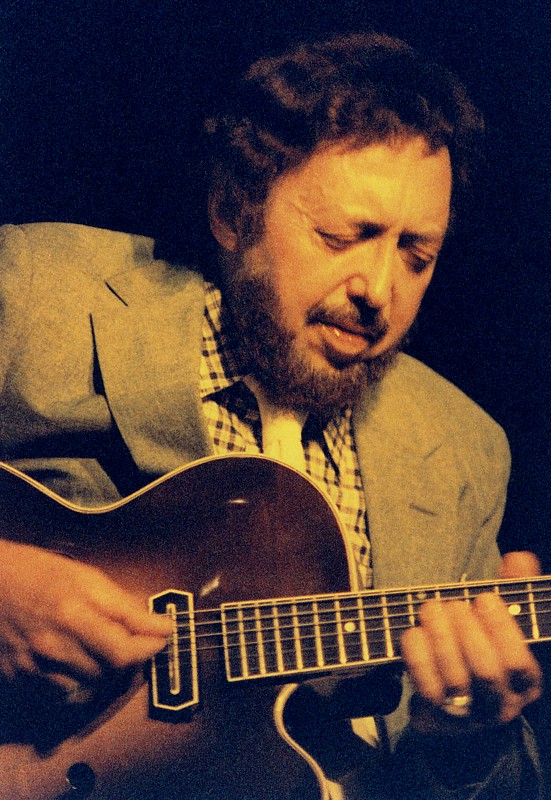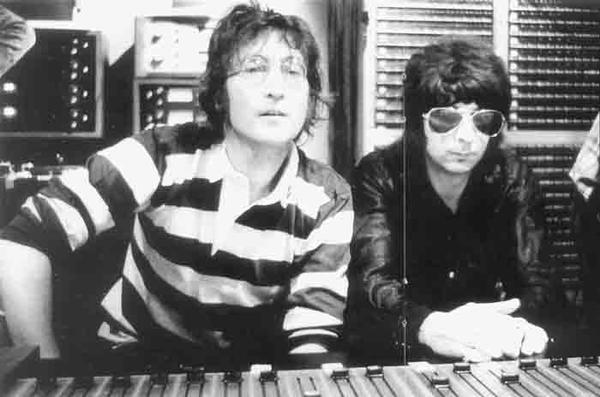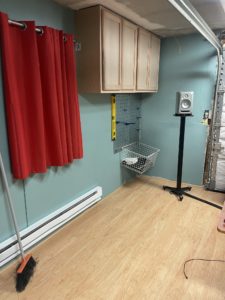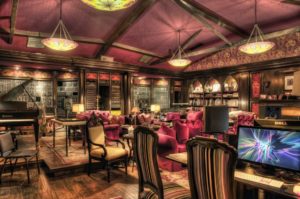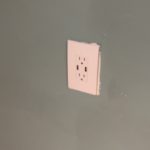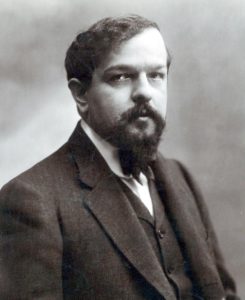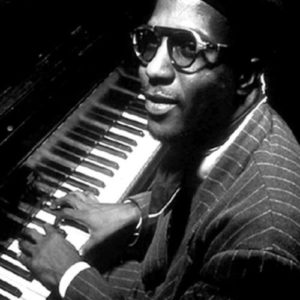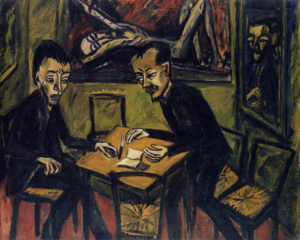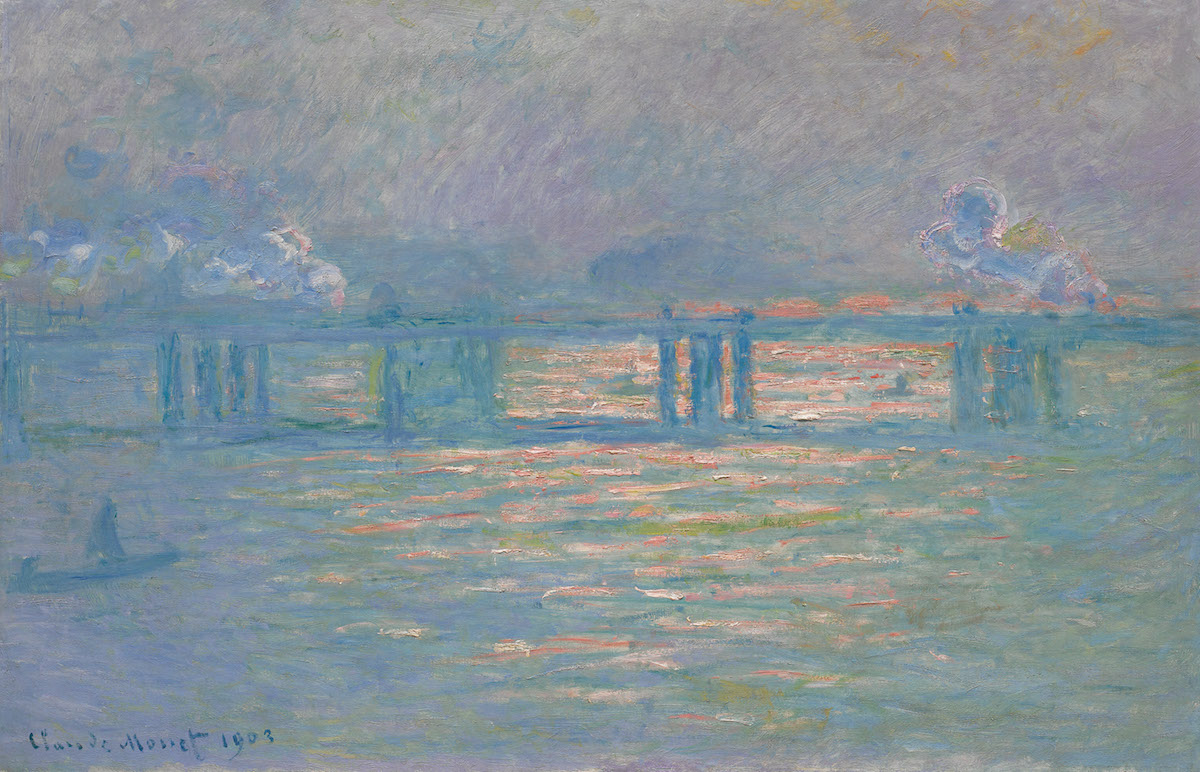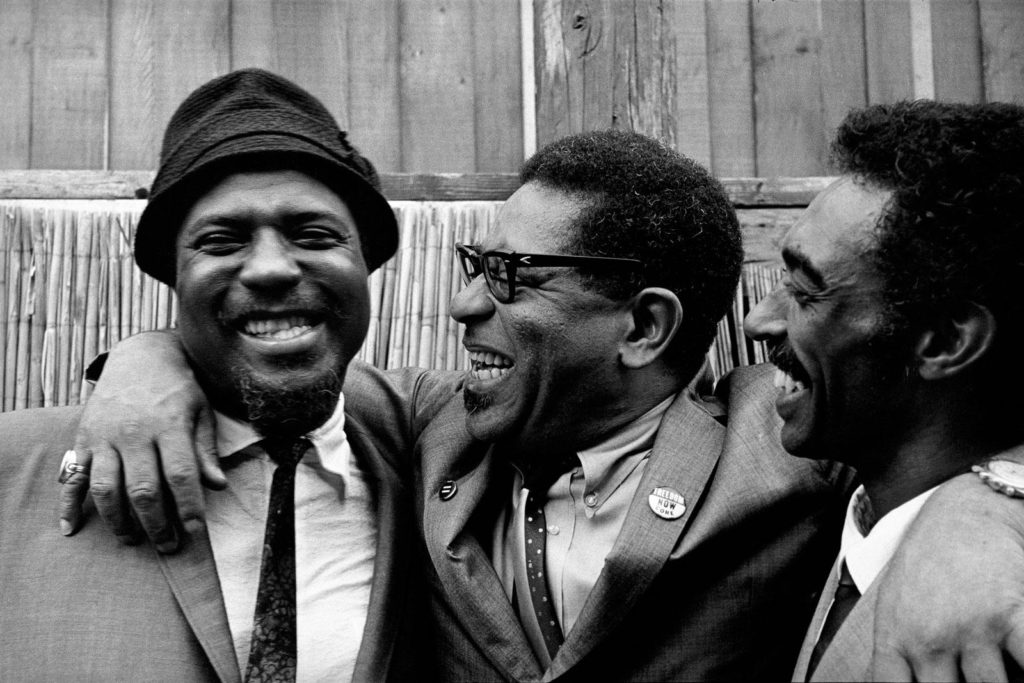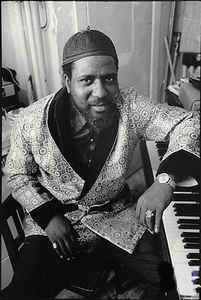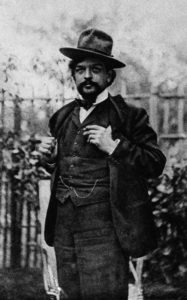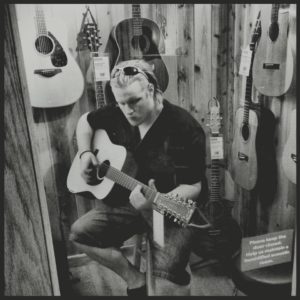Season 4: Episode 1
I decided to start posting these episodes to my website in addition to the broadcast. Each week you’ll find links to the iTunes and Spotify playlists as well as some thoughts on how these songs were connected to each other; a little meditation on the sensations of sonics.
For this semester, with Jazz Evolution broadcasting at the early hour of 6am, I will try to focus on ideas of morning. In my mind there have always been clearly delineated lines between day and night sounds. Night sounds fill me with this gnaw of the unknown, reverb-laced fantasies or thoughtful ballads. Day is for motion, excitement intertwined with moments of calm.
The day is melodic, less complex but soaked in adrenaline. It can be synthetic or acoustic, focused or rambling.
We start with Jan Hammer and transition into Daft Punk, a fun 30 year bridge between two electronica pioneers and a reassertion of my fundamental thesis for Jazz Evolution: Jazz lives on in modern music by adapting.
Tito Puente delivers those upbeat Latin grooves of morning and transitions to the oddly poppy but also hypnotically rhythmic Speed to the Sound of Loneliness. We slide to the bright morning rock of Hi Ho Silver Lining before visiting groovy Detroit favorite Marcus Miller. The Jazz Messengers bring the pace back to a patient swing which then dips us into Earl Hines, another Detroiter. By this time we’re a pretty far way from the electronic place we started.
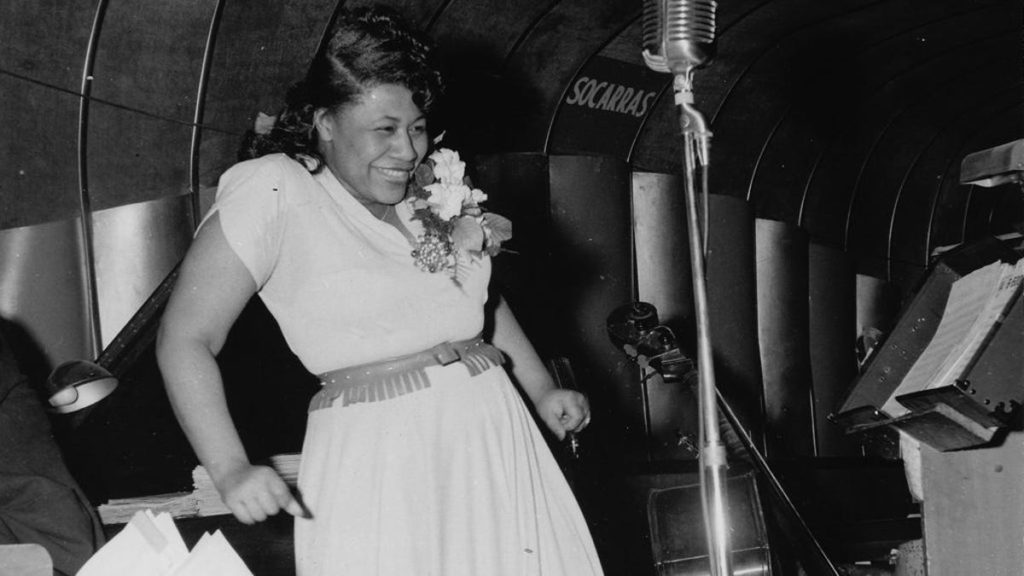
So we begin to build back up with Ella belting in her timeless way. I kind of like this cut, the vocals aren’t mixed perfectly but it adds to the raw vibe. Wes Montgomery leads us down a sun drenched path with some complex guitar work followed by one of the most underrated tracks from Wonder’s Innervisions.
The final sequence starts with Daft Punk’s The Grid, coming back around from earlier. It’s this huge synth piece, and hearing it makes me crave this sparkling synth space, so we cut to Carlisle. I love the vocal work on this track, which is really layered in front of the classic 80’s beat and synth work. Cut to Saturday by twenty one pilots, a track of irresistible pop and finished off by Wilde’s Kids in America. I feel this little section weaves together 80’s and modern pop in a way that makes me ready for the day ahead.
Tune in next week, on WCBN-FM 88.3 or right here on StudioArlen.com
